Imagine a world where your lighting choices not only brighten your home but also contribute to a healthier planet. Sustainable lighting is not just a trend; it’s a vital step towards reducing energy consumption and minimising our environmental impact. By making eco-friendly lighting choices, you’re not only saving on electricity bills but also doing your bit for Mother Earth.
In this post, we’ll explore the significance of sustainable lighting, various eco-friendly options, and practical ways you can implement these choices in your home. Whether you’re a seasoned sustainability enthusiast or just starting out, there’s something here for everyone.
Understanding Sustainable Lighting
Sustainable lighting refers to using energy-efficient light sources that reduce environmental impact. This includes utilising renewable energy sources, minimising waste, and employing technologies that lower energy consumption. The benefits are multifaceted:
- Energy Efficiency: Sustainable lighting options like LED bulbs consume significantly less electricity than traditional incandescent bulbs.
- Longer Lifespan: Many eco-friendly lights, such as LEDs, last longer, reducing the frequency of replacements and waste.
- Environmental Impact: By using less energy, sustainable lighting helps decrease carbon footprints and reduce greenhouse gas emissions.
Incorporating sustainable lighting into your home is a powerful way to contribute to eco-friendly living. Not only does it save you money in the long run, but it also promotes a healthier environment for future generations.
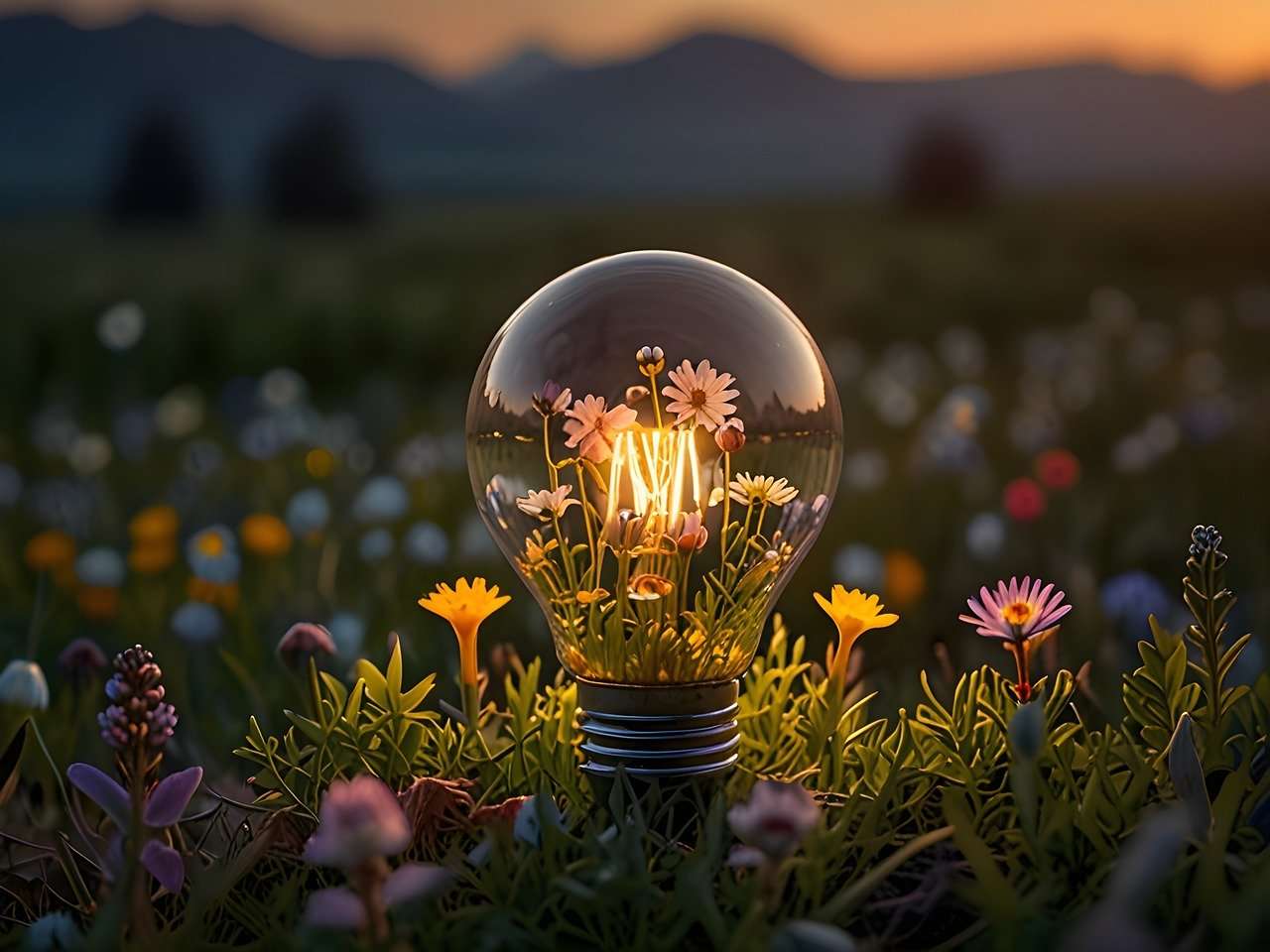
Types of Sustainable Lighting
LED Bulbs
LED (Light Emitting Diode) bulbs are at the forefront of sustainable lighting technologies. They are highly energy-efficient, consuming up to 90% less power than incandescent bulbs. Their long lifespan—often exceeding 20,000 hours—means fewer replacements and less waste. Additionally, LEDs do not contain harmful substances like mercury, making them safer for both your home and the environment.
Solar-Powered Lights
Solar-powered lights harness the sun’s energy to provide illumination, making them an excellent choice for outdoor lighting. They are entirely off-grid, requiring no electricity from your home. Modern solar lights are equipped with efficient photovoltaic cells and long-lasting batteries, ensuring reliable performance even on cloudy days. Ideal for garden paths, patios, and driveways, solar lights are both functional and aesthetically pleasing.
Smart Lighting Systems
Smart lighting systems integrate advanced technology to maximise efficiency and convenience. These systems allow you to control your lights remotely via a smartphone app or voice commands. Features like dimming, scheduling, and motion detection reduce unnecessary energy consumption. Brands like Philips Hue and LIFX offer smart bulbs that are not only energy-efficient but also enhance your home’s ambience with a spectrum of colours and brightness levels.
Implementing Sustainable Lighting in Homes
Living Room
In the living room, consider replacing traditional bulbs with LED bulbs. Use floor lamps with LED bulbs for task lighting, and install dimmable smart bulbs in ceiling fixtures to create a cosy atmosphere. Solar-powered accent lights can add a warm glow without increasing your electricity bill.
Kitchen
The kitchen requires bright, focused lighting for cooking and meal preparation. Under-cabinet LED strips provide excellent illumination for countertops. Replace overhead lights with energy-efficient LEDs, and use smart bulbs to adjust the brightness based on the time of day or task at hand.
Bedroom
For a tranquil bedroom environment, choose LED bulbs with warm, soft light. Smart bulbs with dimming capabilities are ideal for creating a relaxing bedtime routine. Consider bedside lamps with LED bulbs for reading and ambient lighting.
Outdoor Spaces
Outdoor lighting is crucial for safety and aesthetics. Solar-powered path lights and garden spotlights illuminate walkways and highlight landscape features. Use motion-sensor smart lights for security, ensuring they only activate when needed, thus conserving energy.
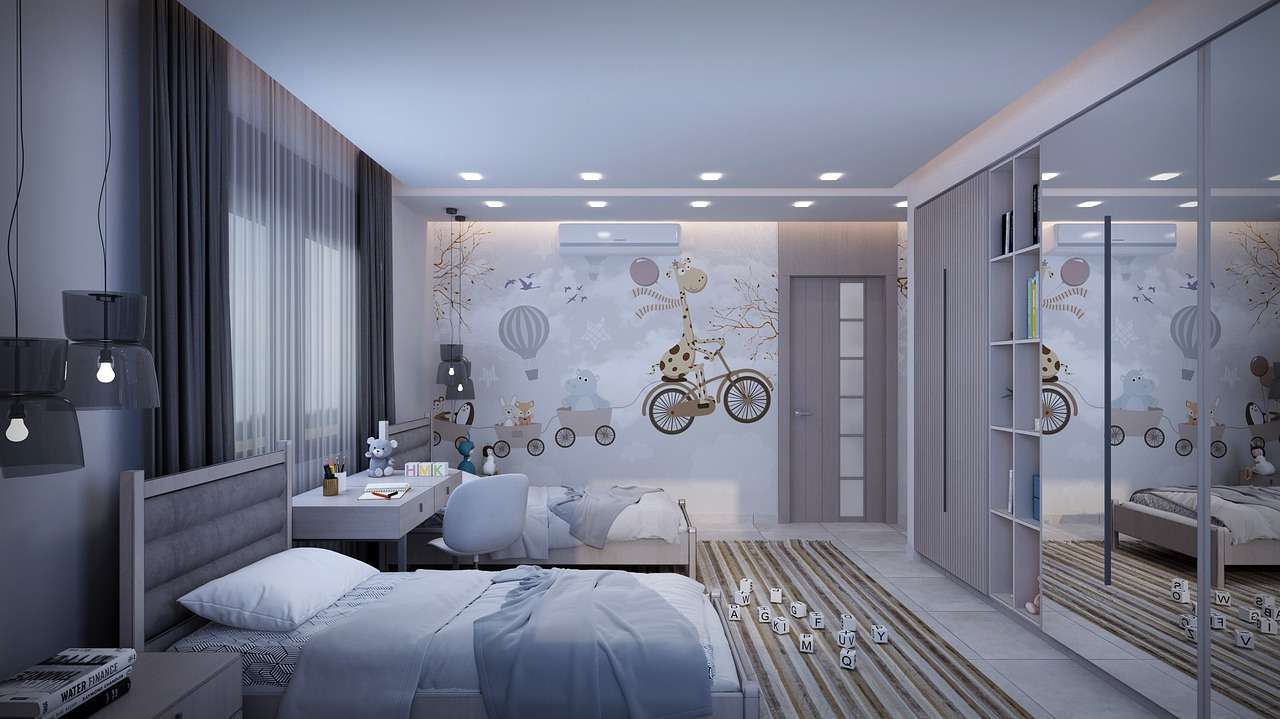
Cost and Energy Savings
The financial and environmental benefits of sustainable lighting are substantial:
- Lower Electricity Bills: By switching to energy-efficient lighting, you can reduce your electricity consumption by up to 75%, leading to significant savings on your utility bills.
- Reduced Replacement Costs: The long lifespan of LED bulbs means fewer replacements, saving you money and reducing waste.
- Environmental Impact: Sustainable lighting choices dramatically cut down on greenhouse gas emissions. For instance, replacing a single incandescent bulb with an LED can prevent approximately 500 pounds of CO2 emissions over its lifetime.
Overcoming Challenges
Misconceptions
One common misconception is that sustainable lighting options are prohibitively expensive. While the initial cost of LED bulbs or smart lighting systems may be higher, the long-term savings and benefits far outweigh the upfront investment.
Compatibility Issues
Some homeowners worry about compatibility with existing fixtures. Fortunately, most sustainable lighting options are designed for easy integration. LED bulbs, for instance, come in various shapes and sizes to fit standard sockets.
Quality of Light
Another concern when choosing LED lighting is the quality of light it produces. Modern LEDs and smart bulbs provide a wide spectrum of colours and temperatures, allowing you to find the ideal lighting for any mood or task.
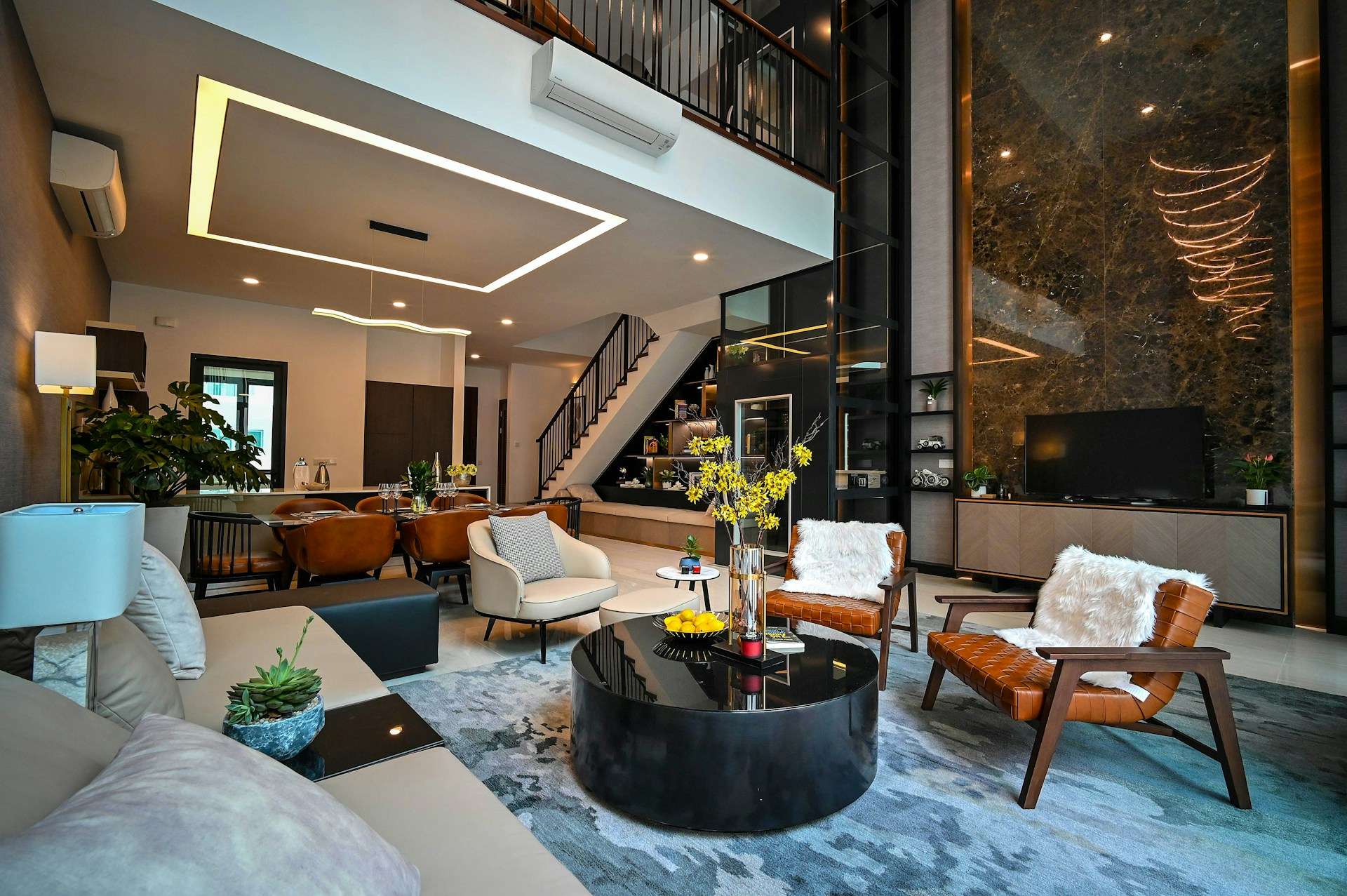
Conclusion
Sustainable lighting isn’t just an eco-friendly choice; it’s a smart investment for your home and the planet. By opting for LED bulbs, solar-powered lights, and smart lighting systems, you can cut energy consumption, save money, and help the environment. The benefits are clear, and the transition is easier than you might think.
If you’re ready to make the switch, start by evaluating your current lighting and finding areas to incorporate sustainable options. Share your experiences with eco-friendly lighting and join the growing community of homeowners dedicated to a greener future.
For more tips on sustainable living, check out our guide on Sustainable Home Design: Top Eco-Friendly Materials & Techniques.
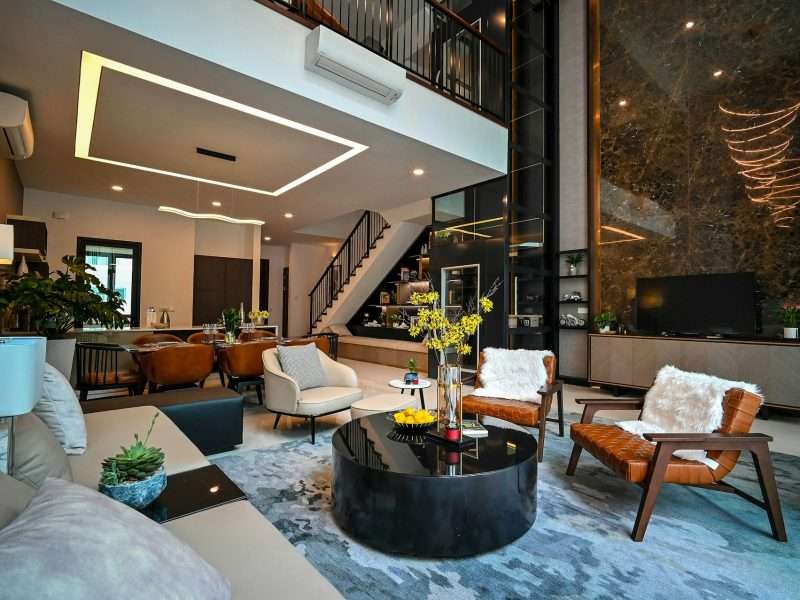


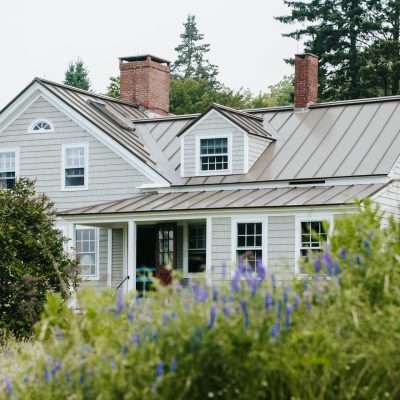
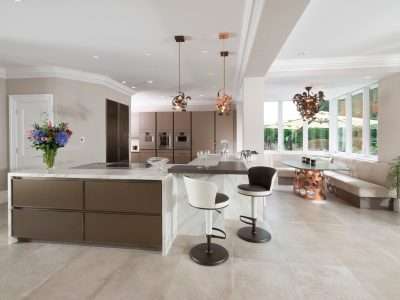
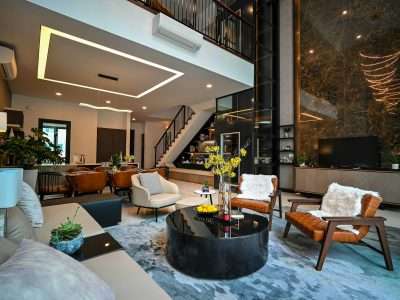
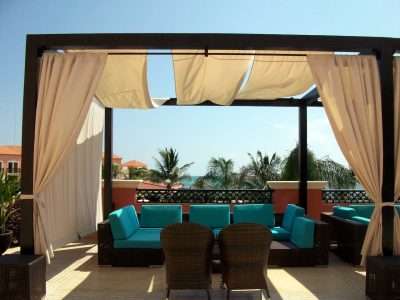
Comments